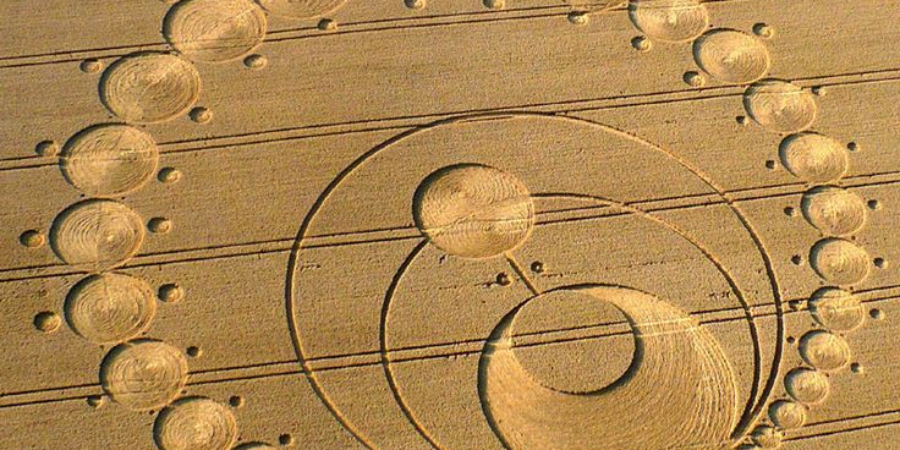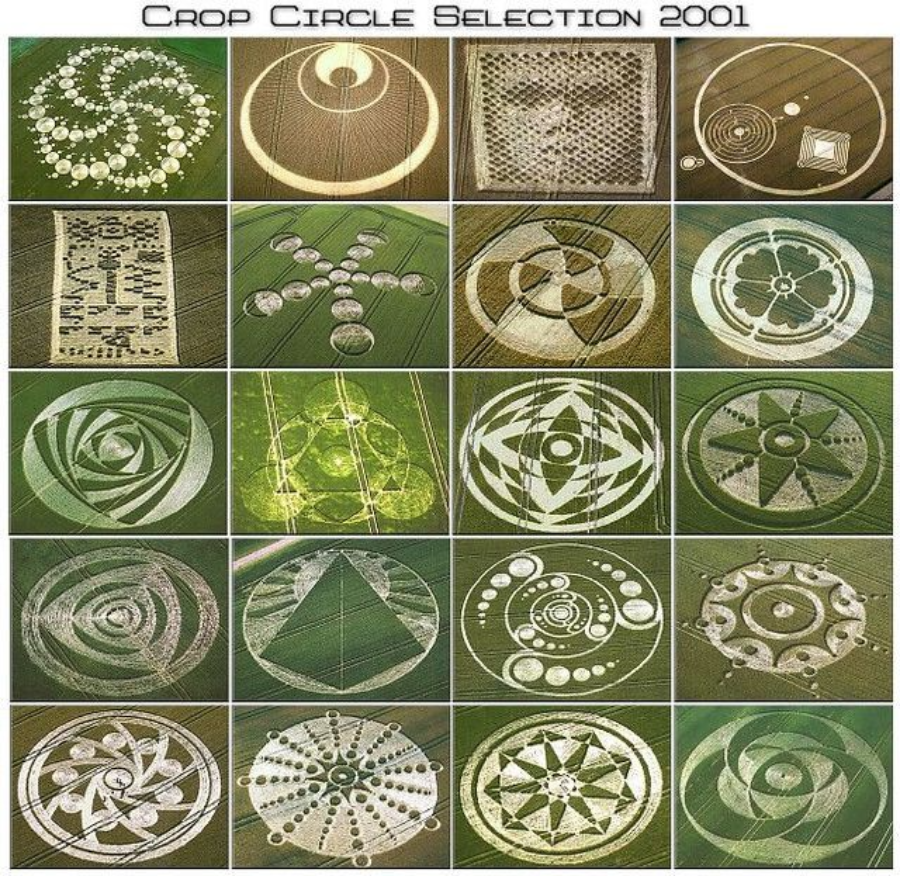


Crop circles, those enigmatic patterns etched into fields of wheat and barley, have captivated the imagination of people around the world for decades. Appearing seemingly overnight, these intricate formations have sparked intense debate, speculation, and wonder. Are they the work of hoaxers armed with planks and ropes, or could they be evidence of something more otherworldly? Let's delve into the fascinating world of crop circles and explore the mysteries that surround them.
The Phenomenon Unveiled:
Crop circles first gained widespread attention in the late 1970s and early 1980s when reports of strange patterns appearing in fields began to surface. Initially dismissed as pranks or natural phenomena, the complexity and precision of these formations soon raised eyebrows. Swirling geometric shapes, intricate designs, and patterns stretching hundreds of feet across became the hallmark of crop circles, leaving observers perplexed and intrigued.
Theories Abound:
Numerous theories have emerged in attempts to explain the origins of crop circles. Some attribute them to elaborate hoaxes carried out by skilled teams of artists using basic tools such as planks and ropes. Indeed, there have been instances where individuals have come forward claiming responsibility for creating certain crop circles. However, the sheer scale and intricacy of some formations have led many to question whether human hands alone could accomplish such feats.
Others have proposed more outlandish explanations, ranging from natural phenomena such as plasma vortices or freak weather conditions to extraterrestrial involvement. The idea that crop circles could be messages from alien civilizations has captured the public's imagination, fueling countless books, documentaries, and films exploring the possibility of interstellar communication.
Scientific Inquiry:
Despite the allure of extraterrestrial theories, scientific investigation has shed light on the true origins of many crop circles. Researchers have documented instances where crop circles were created by human teams, demonstrating techniques for flattening crops with precision and efficiency. Additionally, studies have shown that certain crop circle formations can be attributed to natural phenomena such as the release of underground gases or the interaction of electromagnetic fields.
However, not all crop circles can be easily explained away. Some formations exhibit anomalies such as bent or elongated crop nodes, which are not typically seen in crops subjected to mechanical flattening. These anomalies continue to puzzle scientists and fuel speculation about the true nature of crop circles.
A Tapestry of Mystery:
As we weave together the strands of evidence and speculation surrounding crop circles, one thing becomes clear: they represent a fascinating intersection of art, science, and the unknown. Whether the product of human ingenuity, natural forces, or something beyond our current understanding, crop circles remind us of the boundless mysteries that exist in the world around us.
So the next time you gaze upon a field adorned with swirling patterns and intricate designs, take a moment to ponder the mysteries that lie beneath the surface. For in the tapestry of crop circles, we glimpse the enigma of our universe, waiting to be unravelled by those daring enough to seek the truth.
